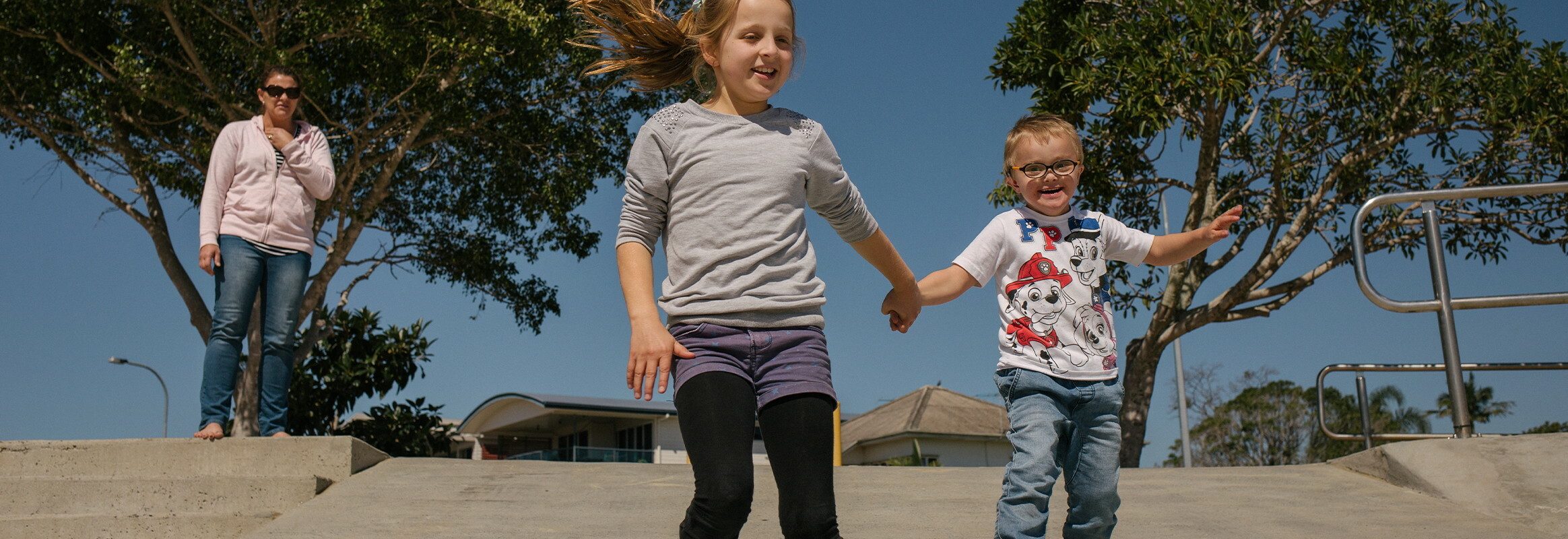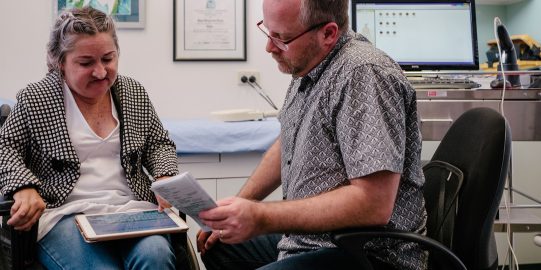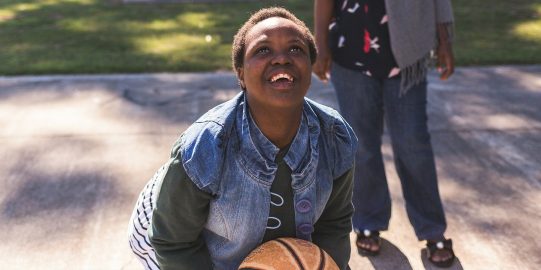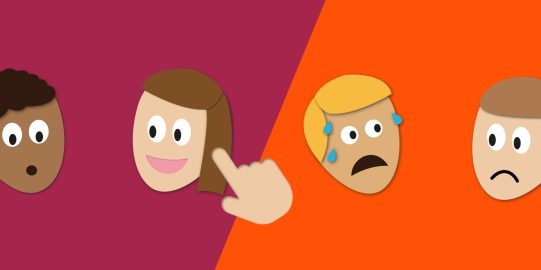People with any form of disability are more vulnerable to a range of abuses. They are particularly vulnerable to assault. According to the US Justice Department, people with disabilities are twice as likely as people without disabilities to experience sexual assault. People with developmental or intellectual disabilities are seven times more likely to be sexually abused than people without a developmental disability. Females are the most at-risk; women with developmental disabilities are 12 times more likely to be sexually assaulted than women without a developmental disability (NPR, 2018). The combination of communication and developmental disabilities significantly increases the risk of abuse: “the more severe the speech problem, the greater prevalence of sexual abuse.” People who cannot rely on speech may be perceived by their assailants as a “low-risk, easy target” for abuse.
5 key factors that make AAC users more vulnerable
1. Power differential
Many people with disabilities require support with daily living. Many systems of providing support give more power to the care provider than the person receiving care. Nearly half of all physical and sexual abuse is committed by paid care providers. Family members are the next most common offenders. Just like in the general public, most sexual abuse is committed by people who know their victims well and have a personal relationship with them. All people are safest where the power differential is lowest. The power differential changes when AAC users have the power to direct, hire, and fire their support staff.
2. Physical isolation
Formal, paid disability support services have been identified in multiple studies and criminal justice statistics, as “a place of risk.” (The Roeher Institute, 1994; NPR, 2018; Cadwallader et al, 2018) The third most frequent group of offenders against people with disabilities are other people with disabilities, “clustered with their victims” (Sobsey and Doe, 1991) in formal disability services setting like separate schools, classrooms, and care facilities. These separate settings often have fewer potential witnesses to report behaviors of concern from caregivers of from other clients. AAC provides more opportunities for more people to report abuse they experience or witness.
3. Smaller social network
Many people with disabilities have a small network of friends and family. Most of their interactions may be with support staff. AAC users are safest when they have a strong social network of people who know them well, see them often, and can effectively interpret subtle messages that something is wrong. AAC can strengthen and broaden a person’s social networks, reducing their vulnerability.
4. Reduced choice and control
Many children and adults with disabilities are socialized to be compliant. This discourages them from speaking up when they don't like something. People with disabilities often have less choice and control over their lives, including where they go during the day and who provides their care. They often have reduced privacy. Person-centered planning and supported decision-making all maximize choice and control for the AAC user.
5. Reduced ability to report
Many AAC users only have access to the words and messages that others have provided and taught them to access. This can make it difficult for them to report abuse. AAC users may need to be explicitly taught and encouraged to refuse or say no. They should be encouraged to report on their satisfaction with the care they receive. All AAC users need access to the words that can describe abuse, such as words for private or sexual body parts.
Prevention and proactive attitude
There are a couple of strategies to prevent abuse and safeguard the AAC user.
Teach AAC users to speak up
The process of supported decision-making protects and supports the autonomy of people who are at risk of not being heard, such as people who are learning to use AAC. AAC users may need training and support to exercise their own autonomy, to make their own decisions, and to share them. They need to learn from experience that when they speak up or appear critical, this self-advocacy is valued and heard.
Teach AAC users how to refuse, reject, and say no. These are essential communication functions and are included in the Communication Bill of Rights. We can teach AAC users, by our example, that we value their communication about what they don’t like or don’t want.
Model consent with AAC users. Ask their permission before touching their AAC, their body, or providing support.
Teach supporters to interpret behaviour
AAC users, like many people with a disability, are at risk to be perceived as demonstrating “challenging behavior” when they assert themselves, try to express that something is wrong, or when they refuse to comply. Teach all those who support the AAC user to listen carefully to the potential meaning behind behaviors that may appear challenging. Aggression, avoidance, and withdrawal can all be possible symptoms of abuse. If an AAC user suddenly avoids people or places they once enjoyed, investigate what has changed.
Lou Brown, a legendary disability right advocate, summarized the research like this: “people with disabilities are safest in wide open spaces, with people who know them well, who have no power over them. They are most vulnerable in separate spaces, with people who have power over them, and no competent witnesses.” Let’s reduce the vulnerability and ensure the safety of all AAC users.
Links and References
- Fitzsimmons (2009). Combating violence & abuse of people with disabilities. Brookes Publishing.
- Hughes, Bellis, Jones, Wood, Bates, Eckley, McCoy, Mikton, Shakespeare, & Officer, (2012).Prevalence and risk of violence against adults with disabilities: a systematic review and meta-analysis of observational studies. Lancet.
- Peckham (2007). The vulnerability and sexual abuse of people with learning disabilities. British Journal of Learning Disabilities.
- Shapiro, (2018). Special Series: Abused & Betrayed, National Public Radio.
- Sheldon (2018). “Wide Open Spaces", IMPACT: Feature issue: Inclusive Education.
- Thornberry & Olson, (2005). The Abuse of Individuals with Developmental Disabilities, Developmental Disabilities Bulletin.
- World Health Organization, (2011). World Report on Disability. [Report]





